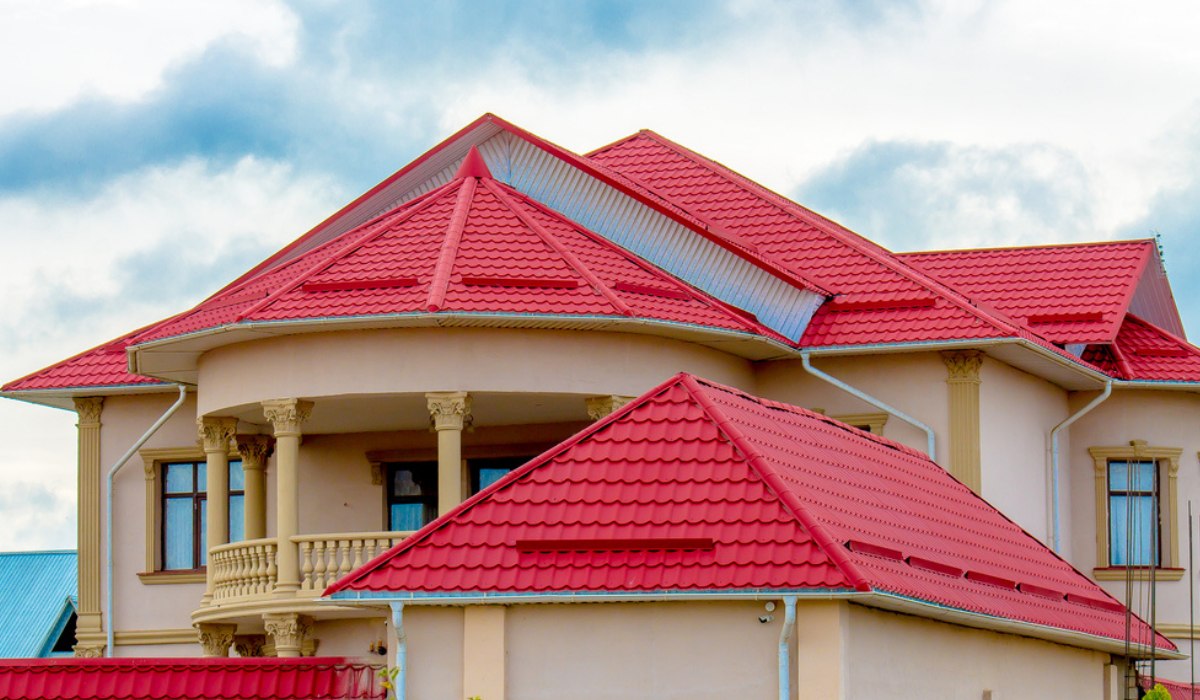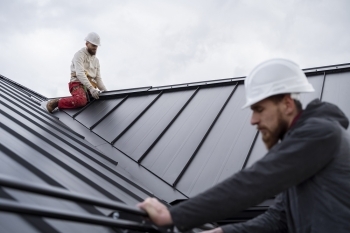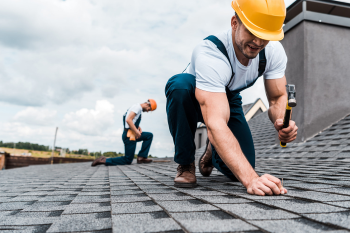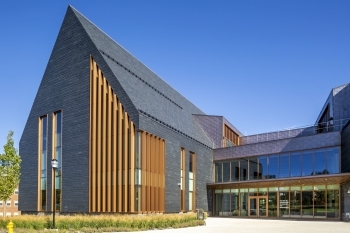
Understanding Different Roofing Materials: Choosing the Right Option for Your Home
When it comes to choosing a roofing material for your home, the options can be overwhelming. Each roofing material comes with its unique features, benefits, and drawbacks, making it crucial to understand the various options available before making a decision. In this article, we'll explore different roofing materials commonly used in residential properties, helping you make an informed choice that suits your home's style, climate, and budget.
1. Asphalt Shingles
Asphalt shingles are one of the most popular roofing materials due to their affordability, durability, and ease of installation. They come in various styles and colors, making them a versatile choice for a wide range of architectural designs. Asphalt shingles are also relatively low-maintenance and provide excellent weather resistance, making them ideal for many climates.
2. Metal Roofing
Metal roofing has gained popularity in recent years for its exceptional durability and longevity. Available in steel, aluminum, or copper, metal roofs are resistant to fire, rot, and insect damage. They are also lightweight, making them suitable for both new constructions and roof replacements. Metal roofs offer energy efficiency benefits by reflecting sunlight and reducing cooling costs.
3. Wood Shakes and Shingles
Wood shakes and shingles bring a natural and rustic charm to a home's exterior. Cedar and redwood are common wood options due to their durability and resistance to decay and insect infestations. However, wood roofing requires regular maintenance to prevent moss and mold growth, and it may not be suitable for fire-prone areas.
4. Clay and Concrete Tiles
Clay and concrete tiles are renowned for their longevity and architectural appeal. These roofing materials are durable, fire-resistant, and can withstand harsh weather conditions. Additionally, they offer excellent insulation properties, helping to keep your home cooler in hot climates. While clay and concrete tiles are more expensive than some other options, their long lifespan and aesthetic appeal make them a valuable investment.
5. Slate Roofing
Slate roofing is a premium option known for its elegance and durability. This natural stone material can last for over a century with proper maintenance. Slate roofs are fire-resistant, environmentally friendly, and offer exceptional resistance to weathering and fading. However, their weight and cost may require additional structural considerations and a higher budget.
6. Synthetic Roofing Materials
In recent years, synthetic roofing materials have gained popularity as cost-effective alternatives to natural materials. Synthetic shingles can mimic the appearance of wood shakes, slate, or clay tiles while offering enhanced durability and lower maintenance requirements.
Conclusion
Selecting the right roofing material for your home is a significant decision that can greatly impact its aesthetics, performance, and value. Understanding the characteristics of each roofing material and considering factors such as climate, budget, and architectural style will guide you in making the best choice. Consult with a professional roofing contractor to assess your specific needs and receive expert advice on the most suitable roofing material for your home. Whether you opt for the classic appeal of asphalt shingles or the timeless elegance of slate, choosing the right roofing material will provide your home with protection, durability, and curb appeal for years to come.






